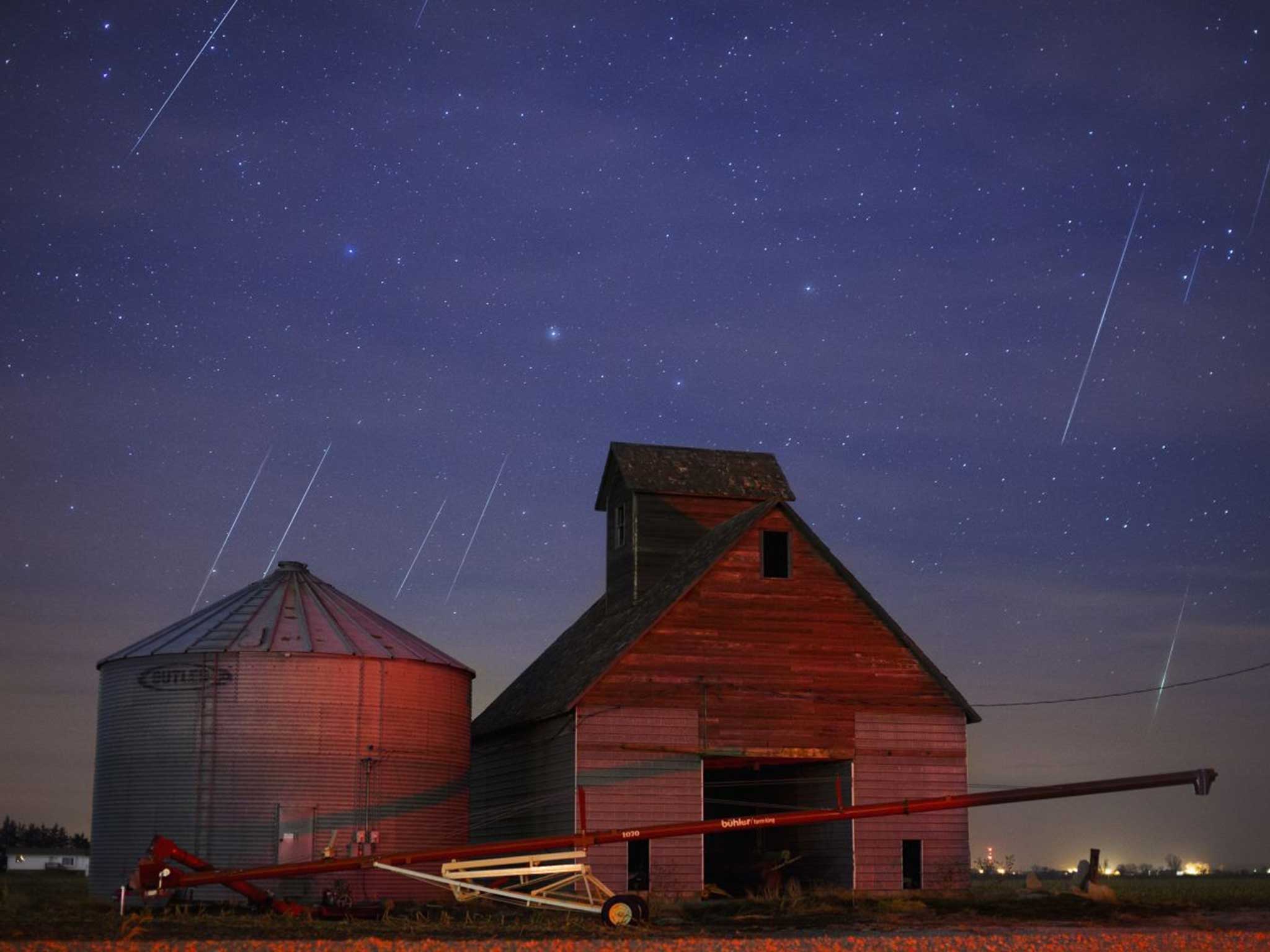Geminids meteor shower: Tonight’s the night for stargazers
The stage is set for a spectacular display of celestial fireworks from the Geminids

Stargazers will be keeping their fingers crossed for a clear sky tonight as they prepare for the most spectacular astronomical event of the year.
The Geminids meteor shower – so called because it appears to be coming from the constellation of Gemini – is a natural firework display that produces up to 60 shooting stars an hour which may glow in multiple colours, or fire off rapid bursts of two or three stars at once.
The shower will start at around 10pm, but the best time to watch will be 2am on Sunday, when the “radiant” (the area of space from which the meteors originate) will be overhead. Robin Scagell, vice-president of the Society of Popular Astronomy, said: “It should be a good display… We might not be far off perfect conditions in the UK.
“The constellation is very high in the sky and most of the Moon will have gone away. An average of one comet a minute would be a good rate, and that’s possible. You might also get little bursts of activity with two or three together.”
The Met Office said the best place in the UK to see the shower would be southern England and south-east Wales. Sunday night’s viewing is more likely to be hindered by cloud cover.
Meteor showers occur when the Earth ploughs through cometary dust. The tiny particles, some no bigger than a grain of sand, burn brightly as they enter the atmosphere.
The Geminids are unusual in that the particles are not shed by a typical icy comet, but by a body that shares characteristics with both comets and asteroids. Known as 3200 Phaethon, the body is three miles wide, and was discovered in 1983 by two British scientists studying Nasa satellite images.
The pair initially classified it as an asteroid, which is made of rock, but its unusual orbit – it flies well within the orbit of Mercury every 14 years – is more typical of a comet, which is made of ice.
“It’s not as clear-cut as it used to be,” said Mr Scagell. “A lot of asteroids are quite icy. There are asteroids that look a bit like comets and comets that look a bit like asteroids.”
The Geminid meteor shower was first noted in the 1860s. Over the years, it appears to have become more intense. Travelling at roughly 22 miles per second, the meteors burn up about 24 miles above the Earth.
Phaethon is classified as a “potentially hazardous” near-Earth object as its orbit is less than two million miles from Earth every December. Its closest approach is predicted for 14 December 2093, when it will be a “mere” 1,812,640 miles away. “It’s not any immediate danger to the Earth,” said Mr Scagell.
Join our commenting forum
Join thought-provoking conversations, follow other Independent readers and see their replies
Comments
Bookmark popover
Removed from bookmarks